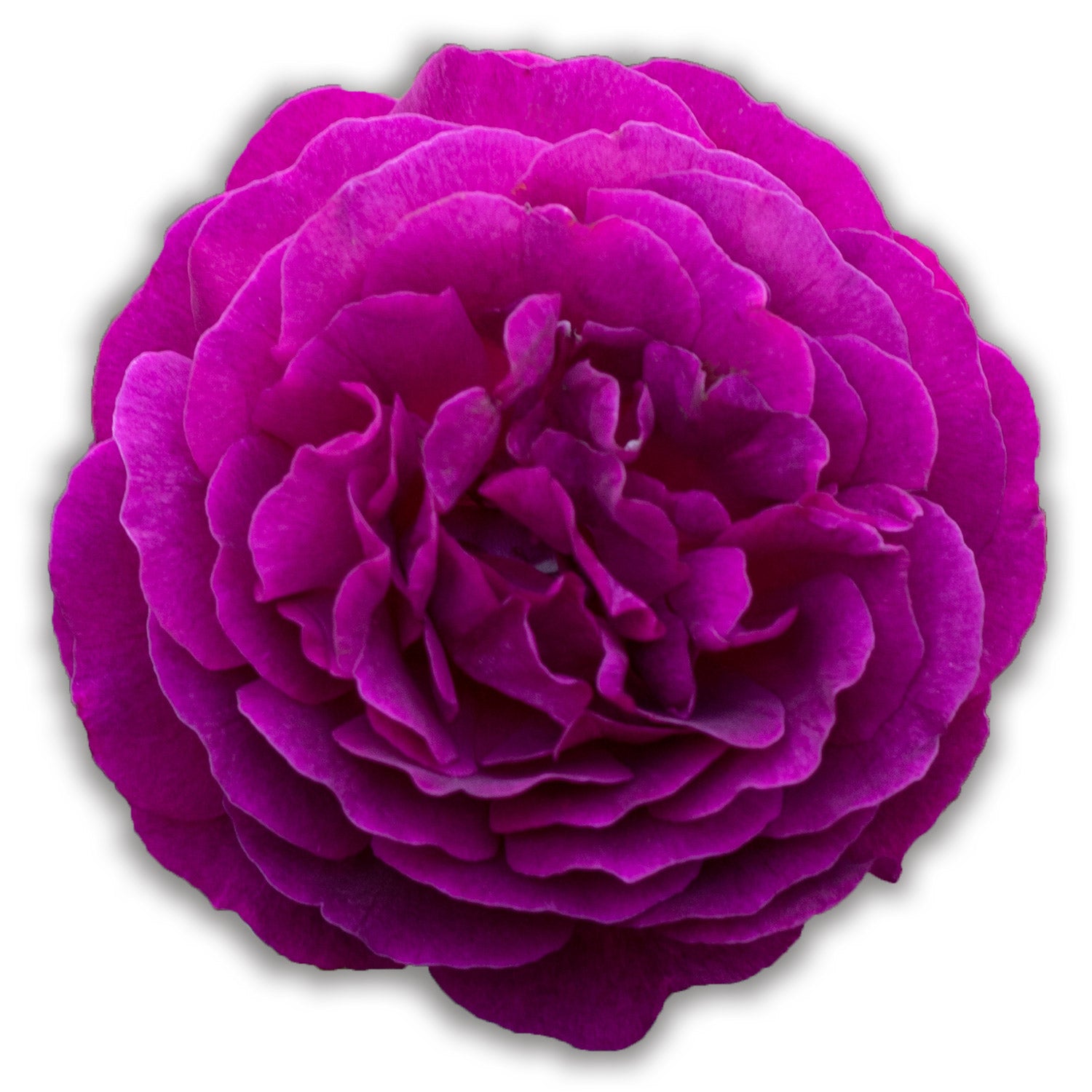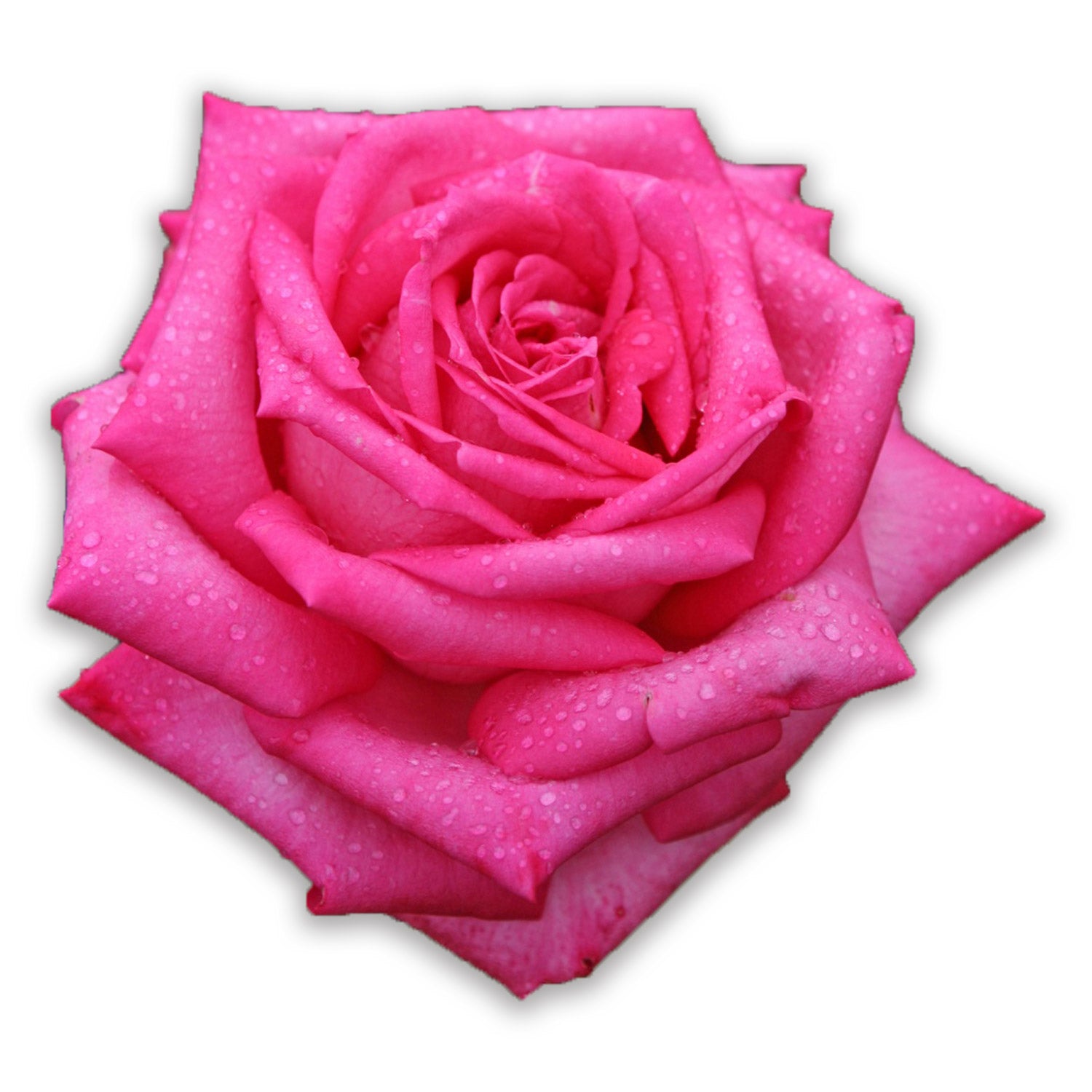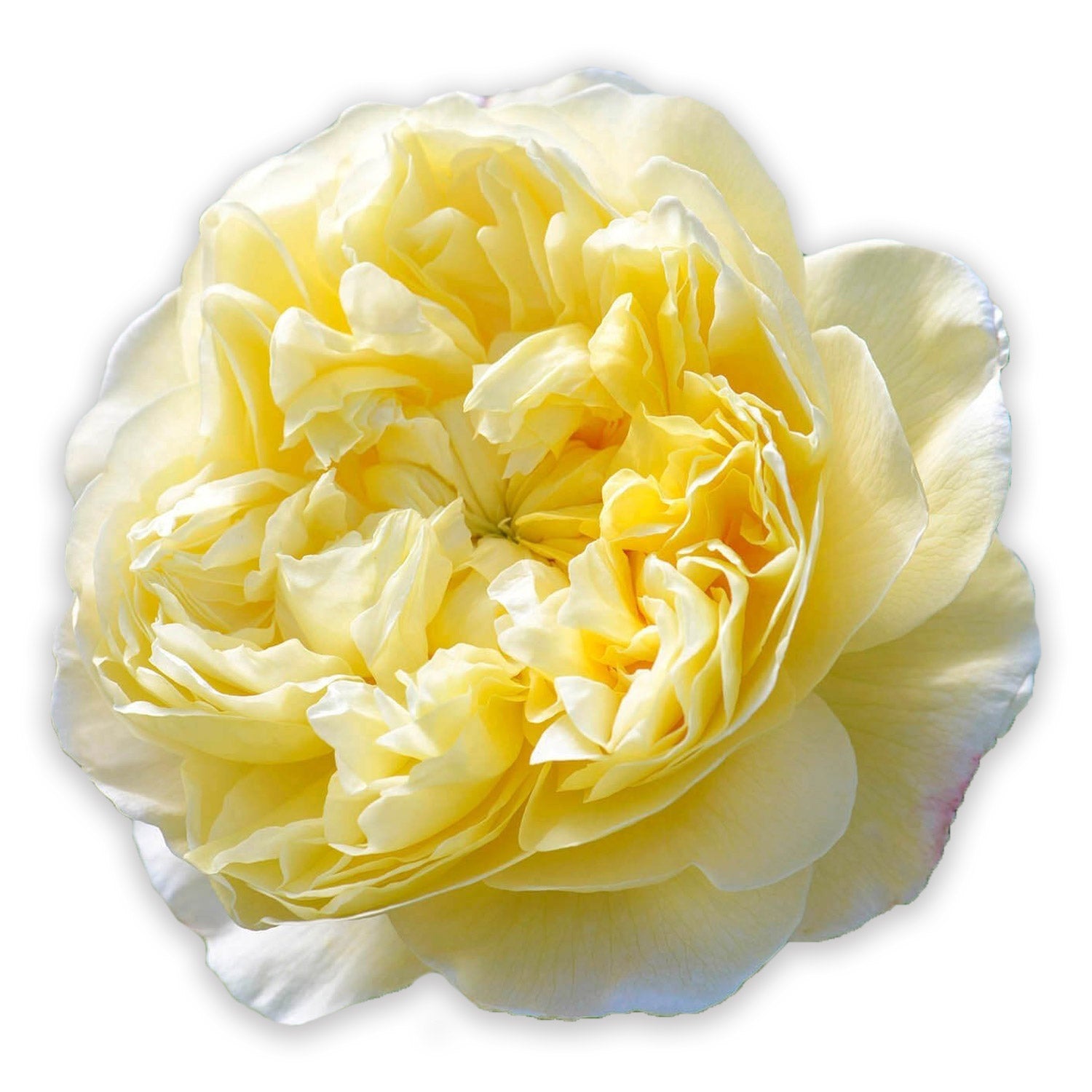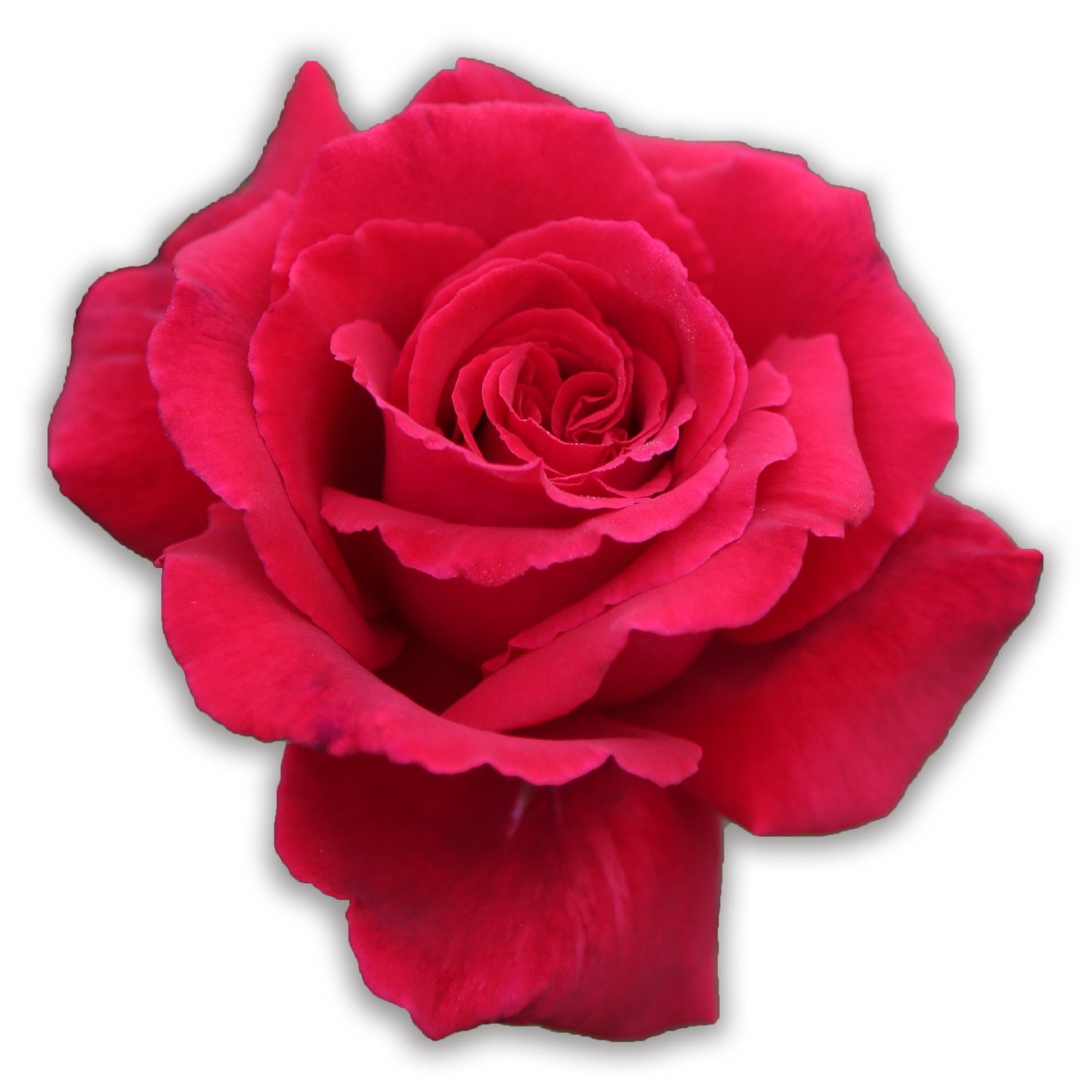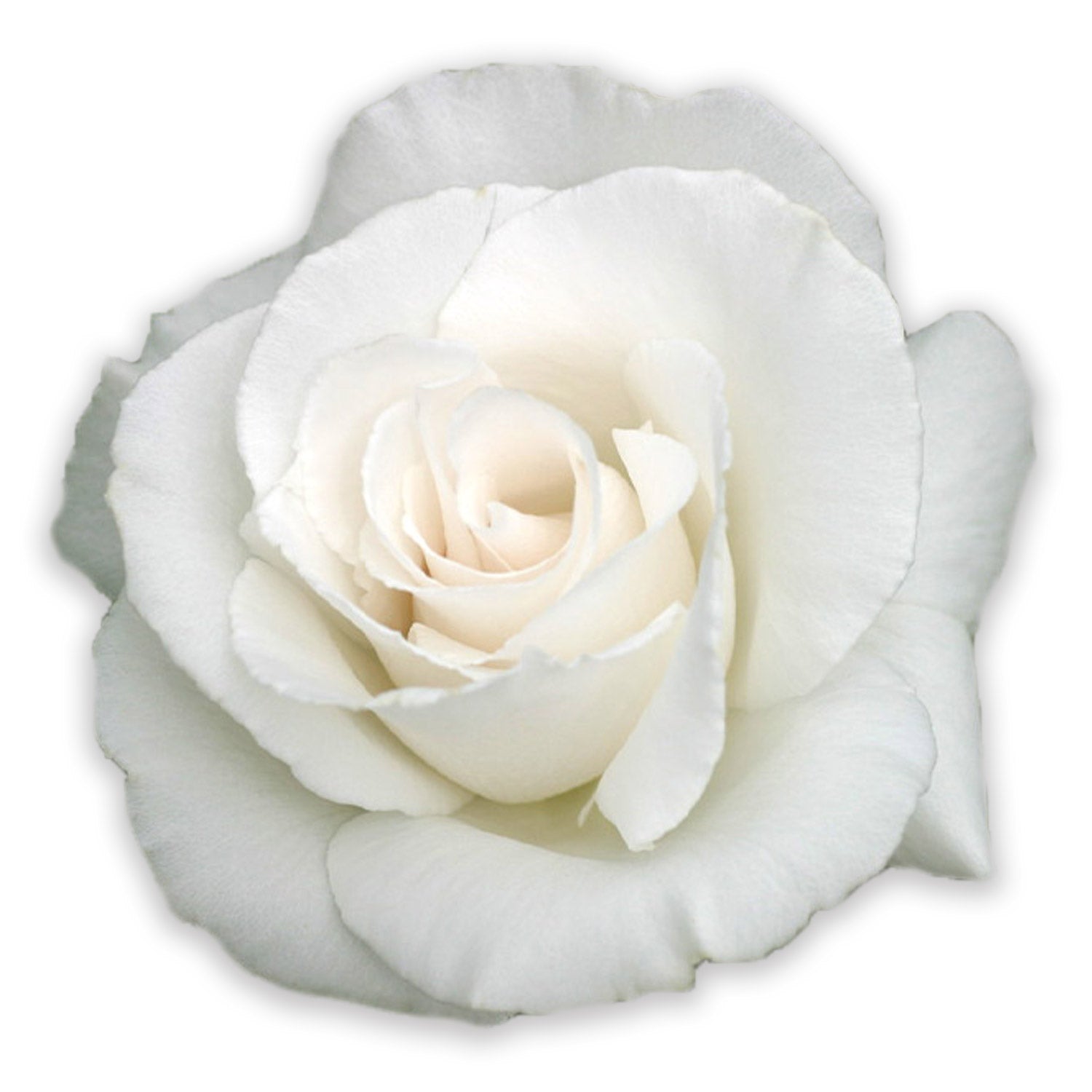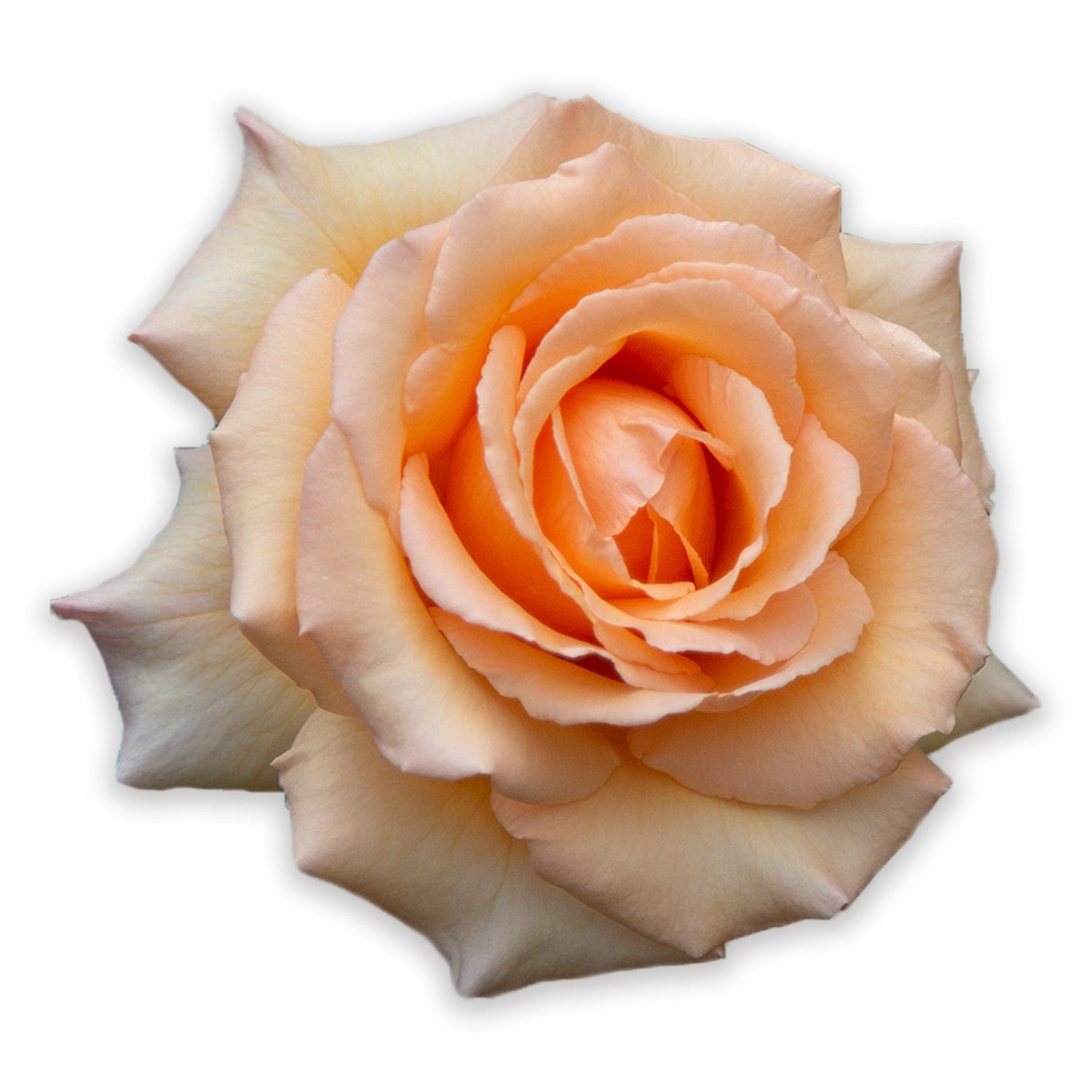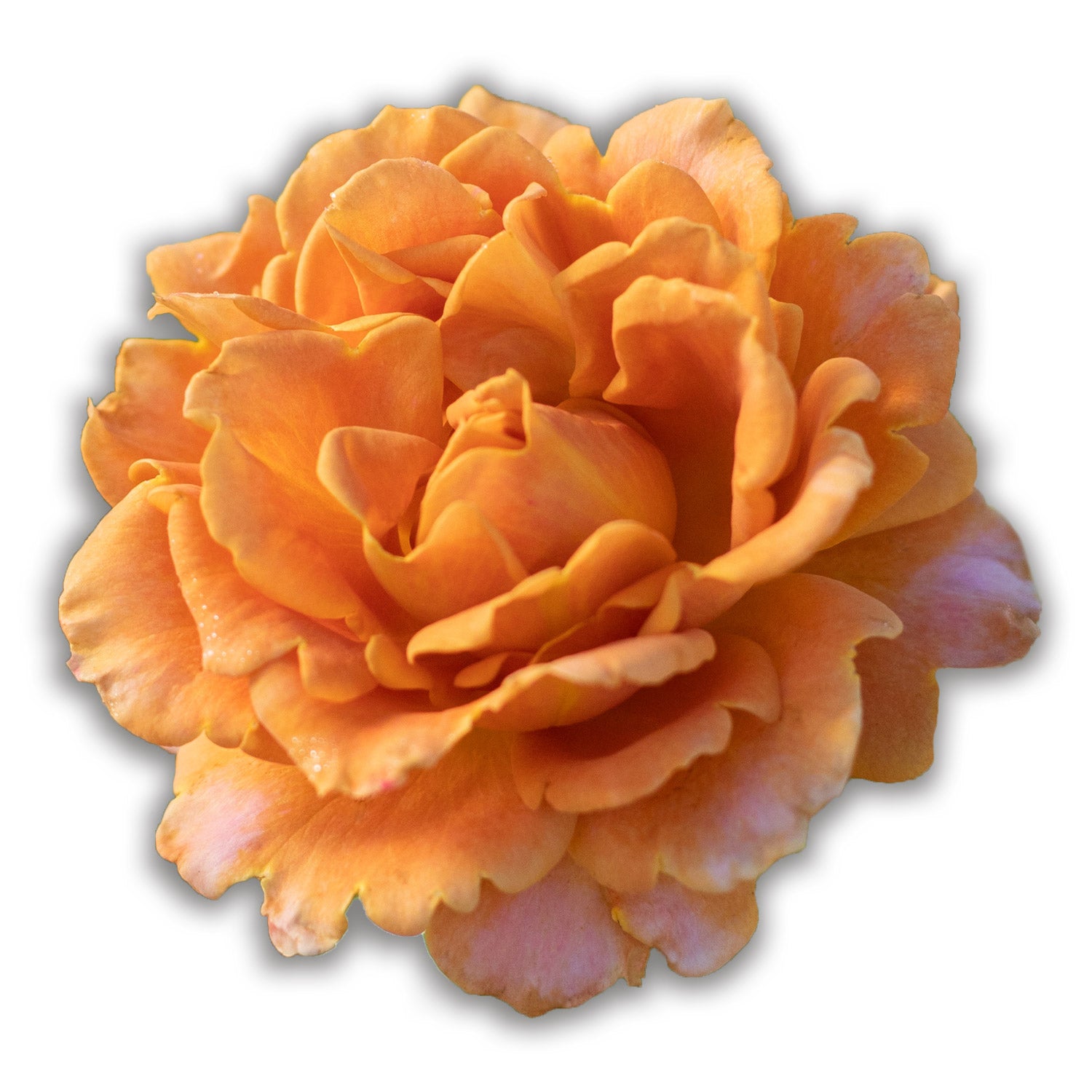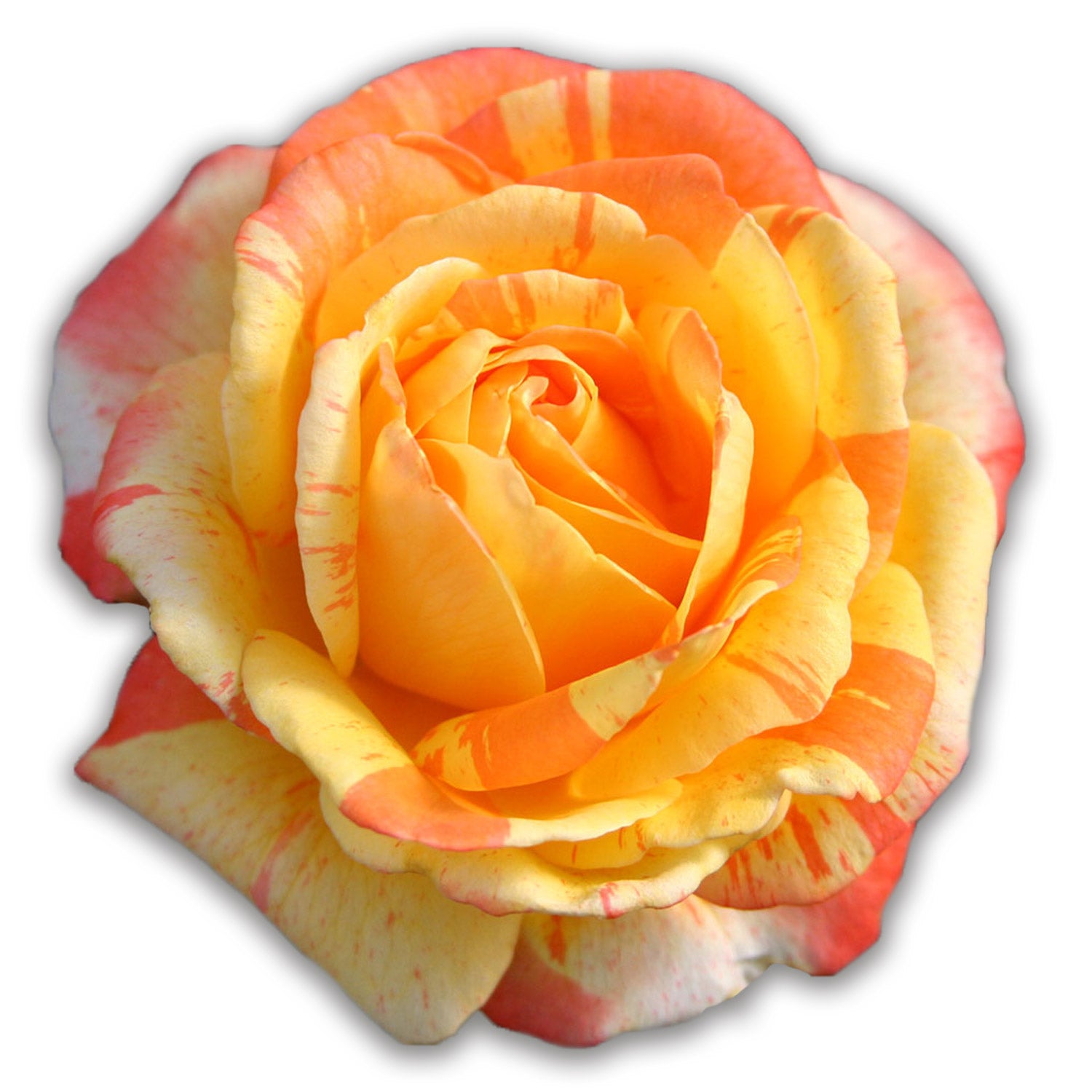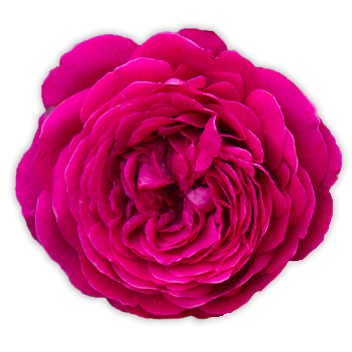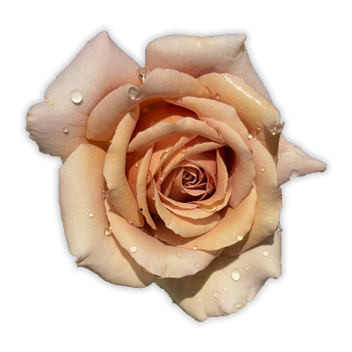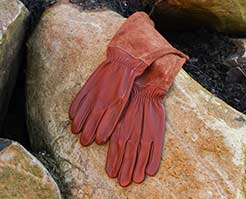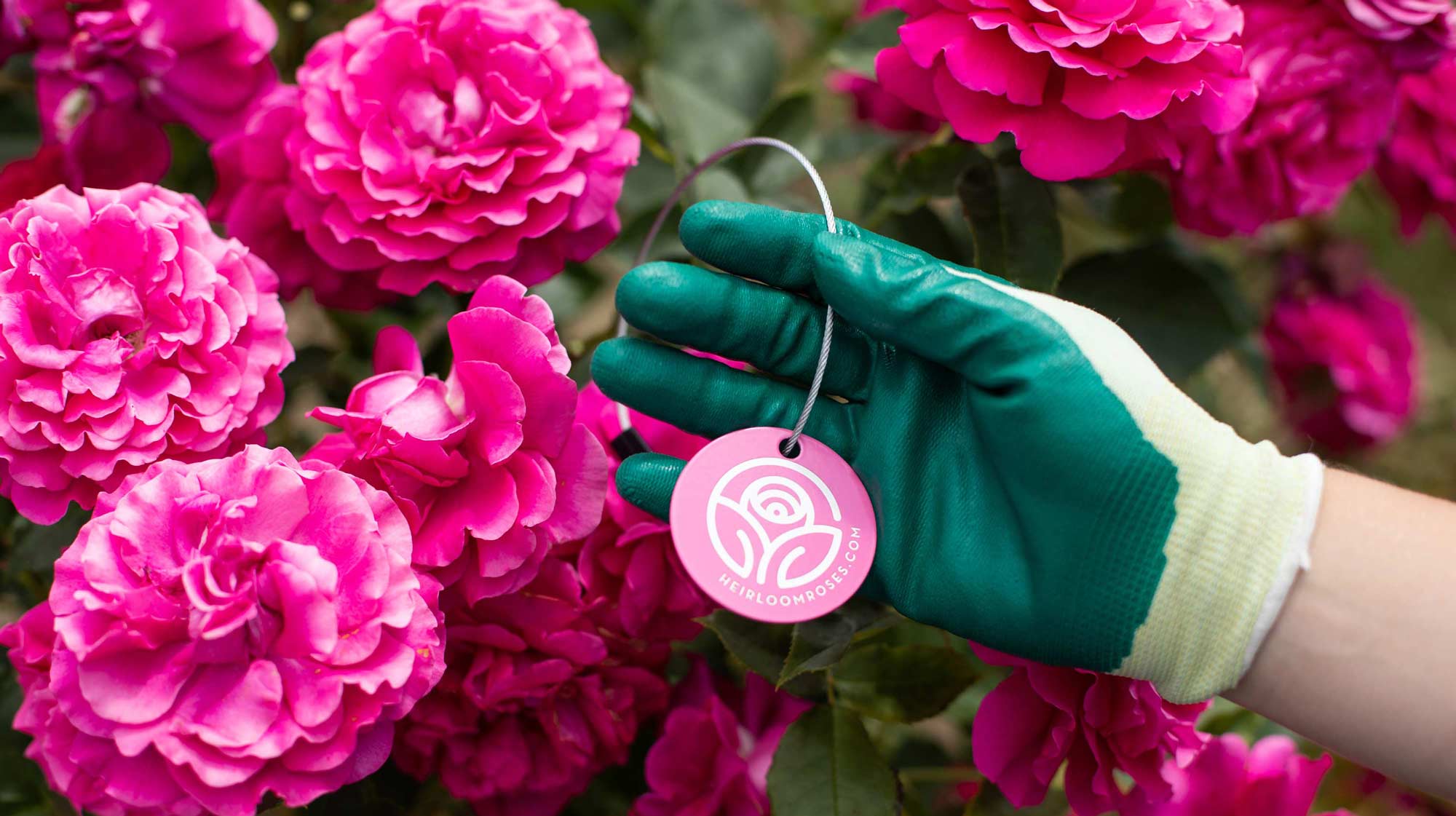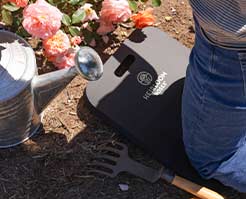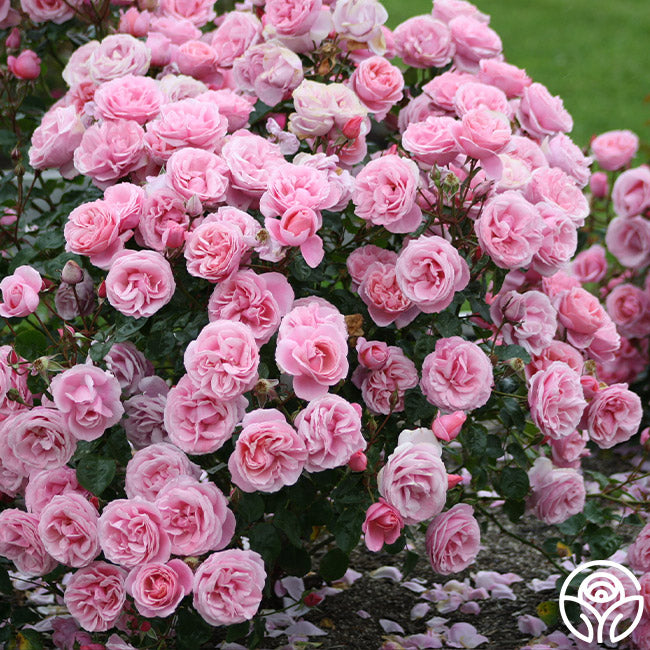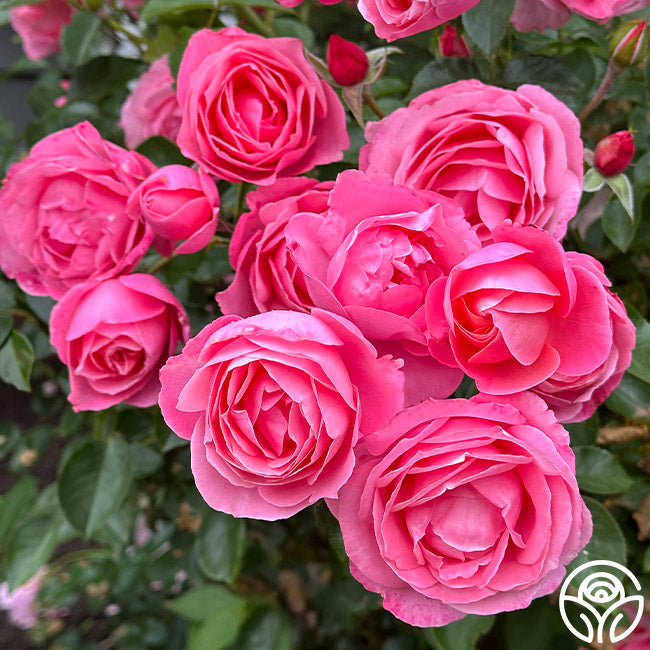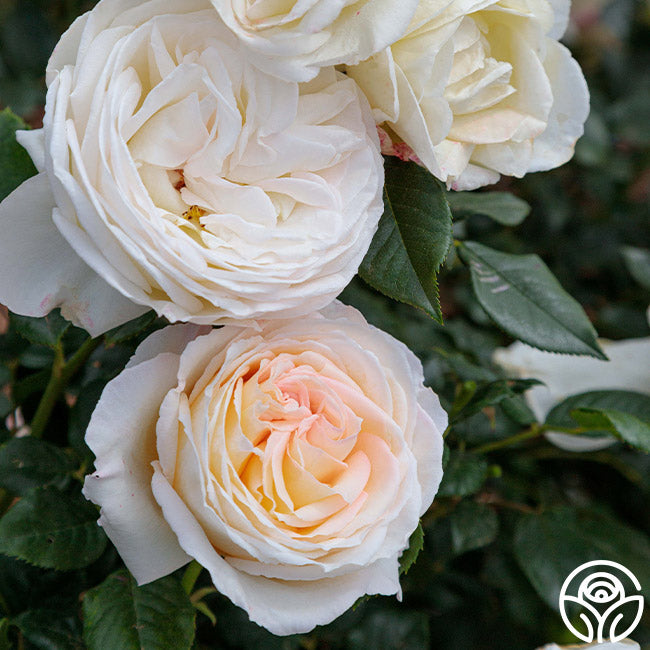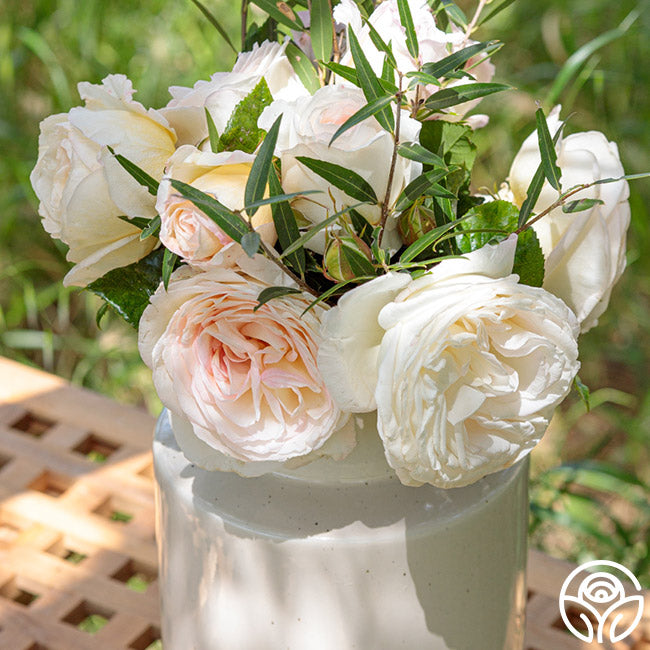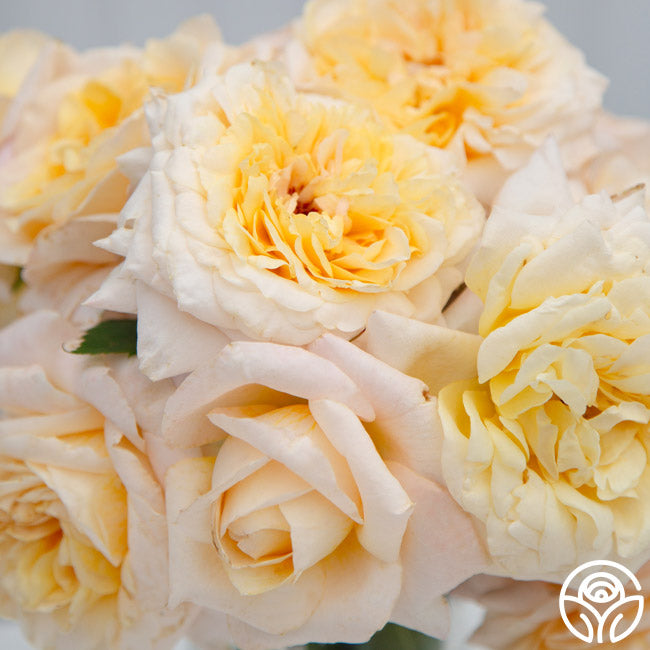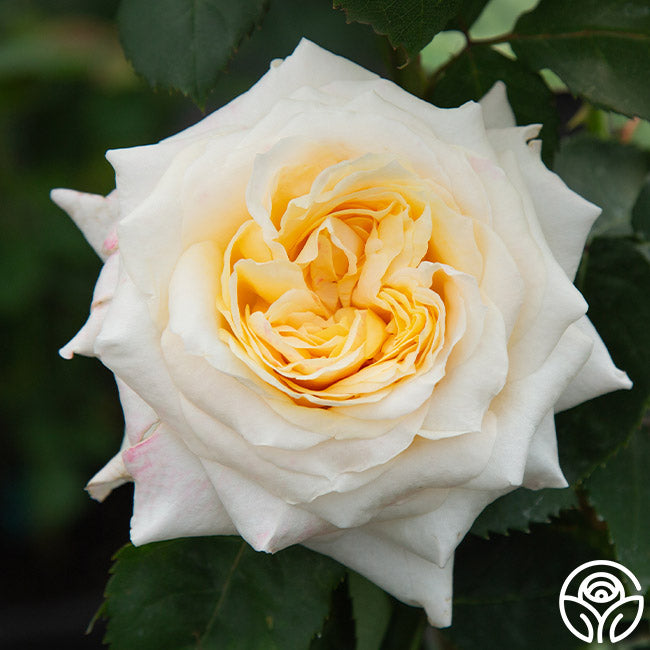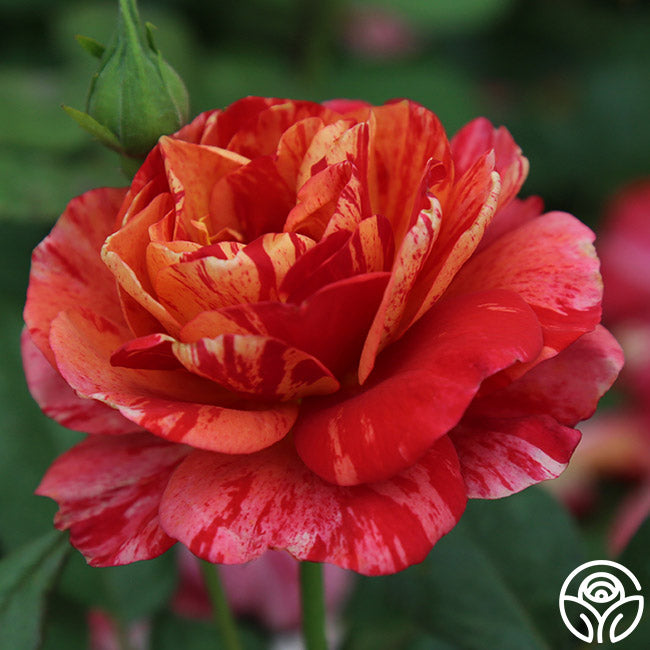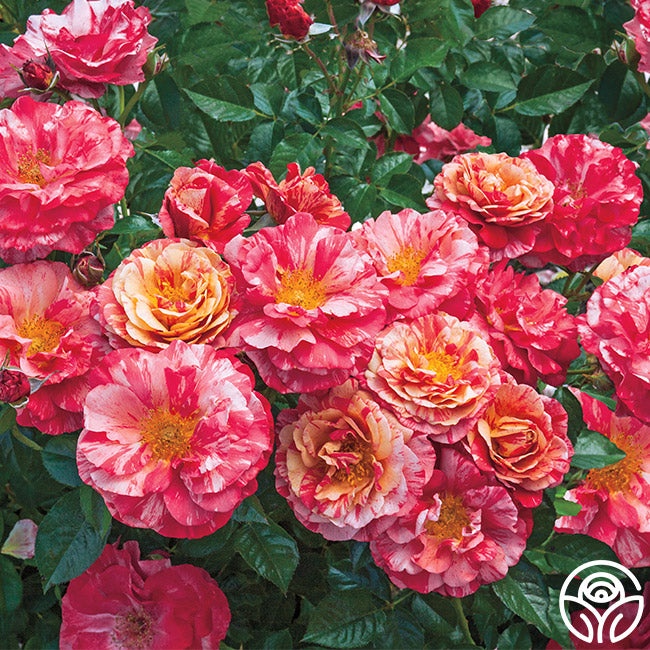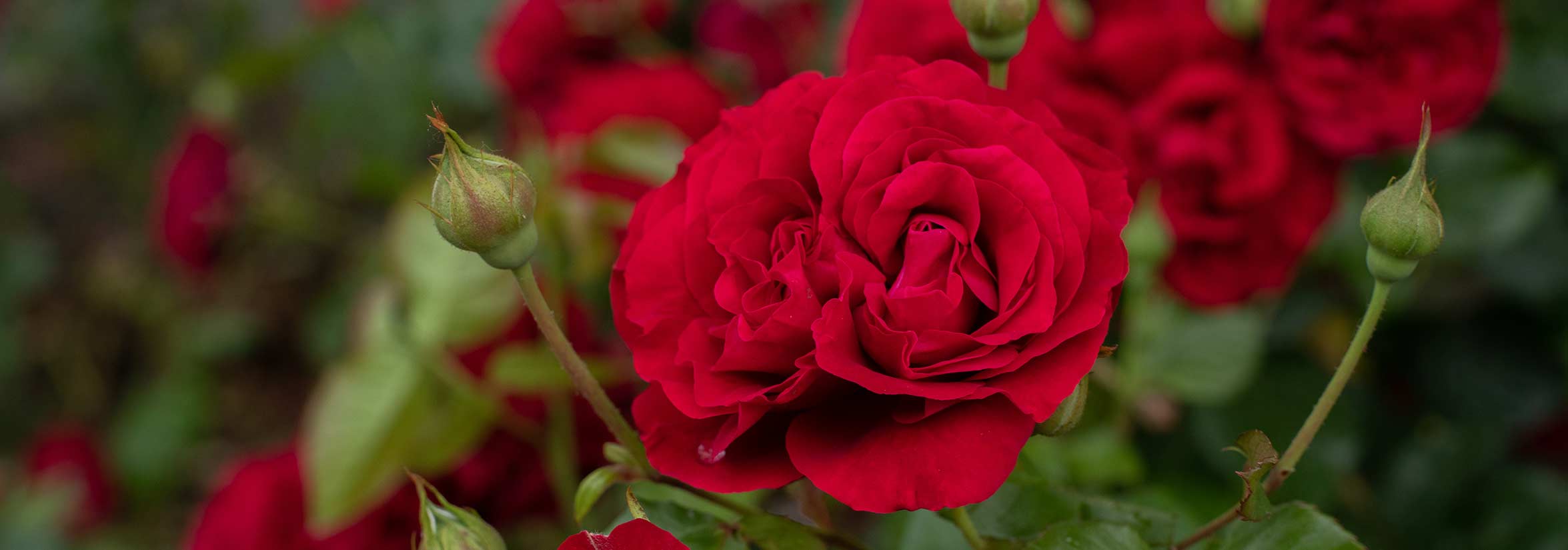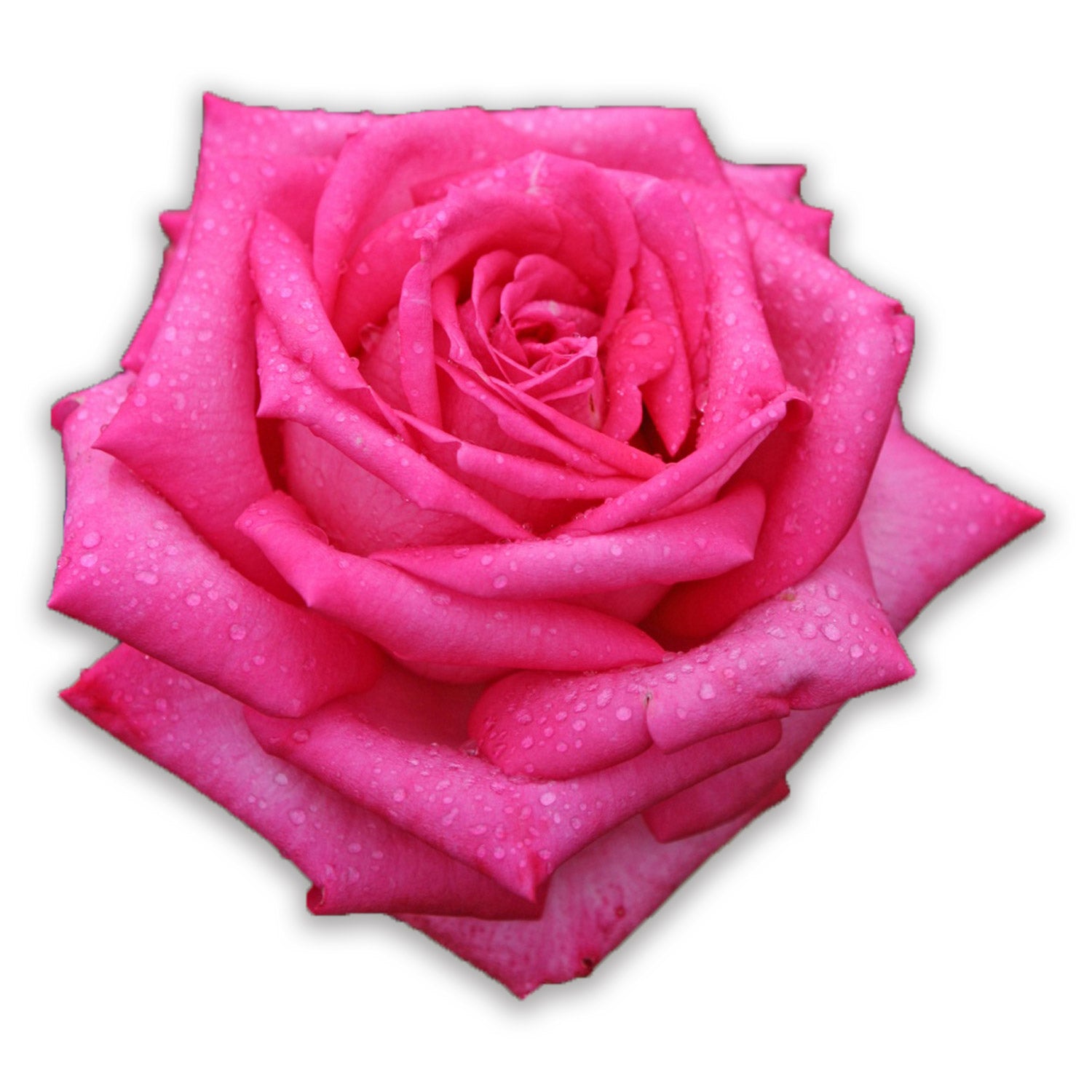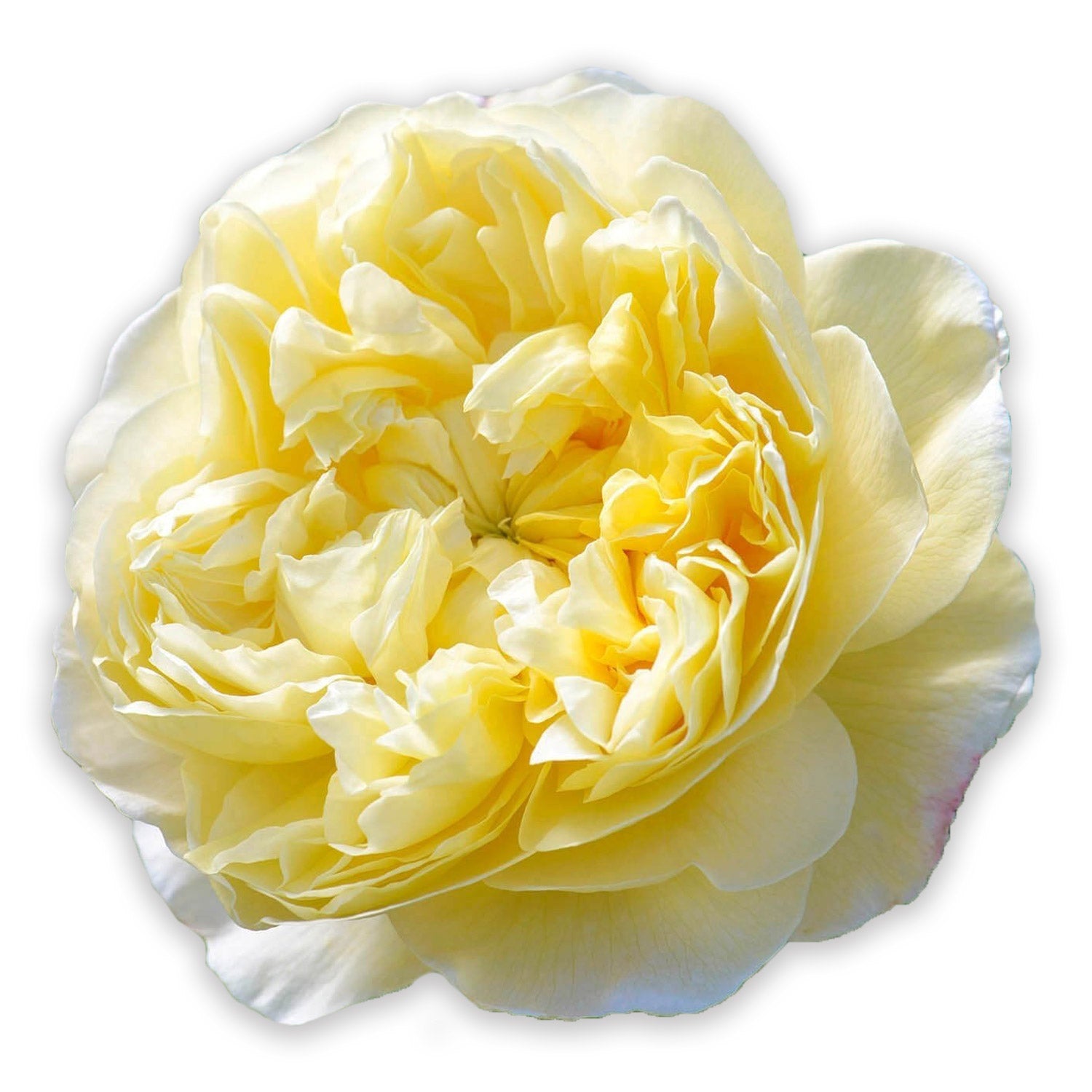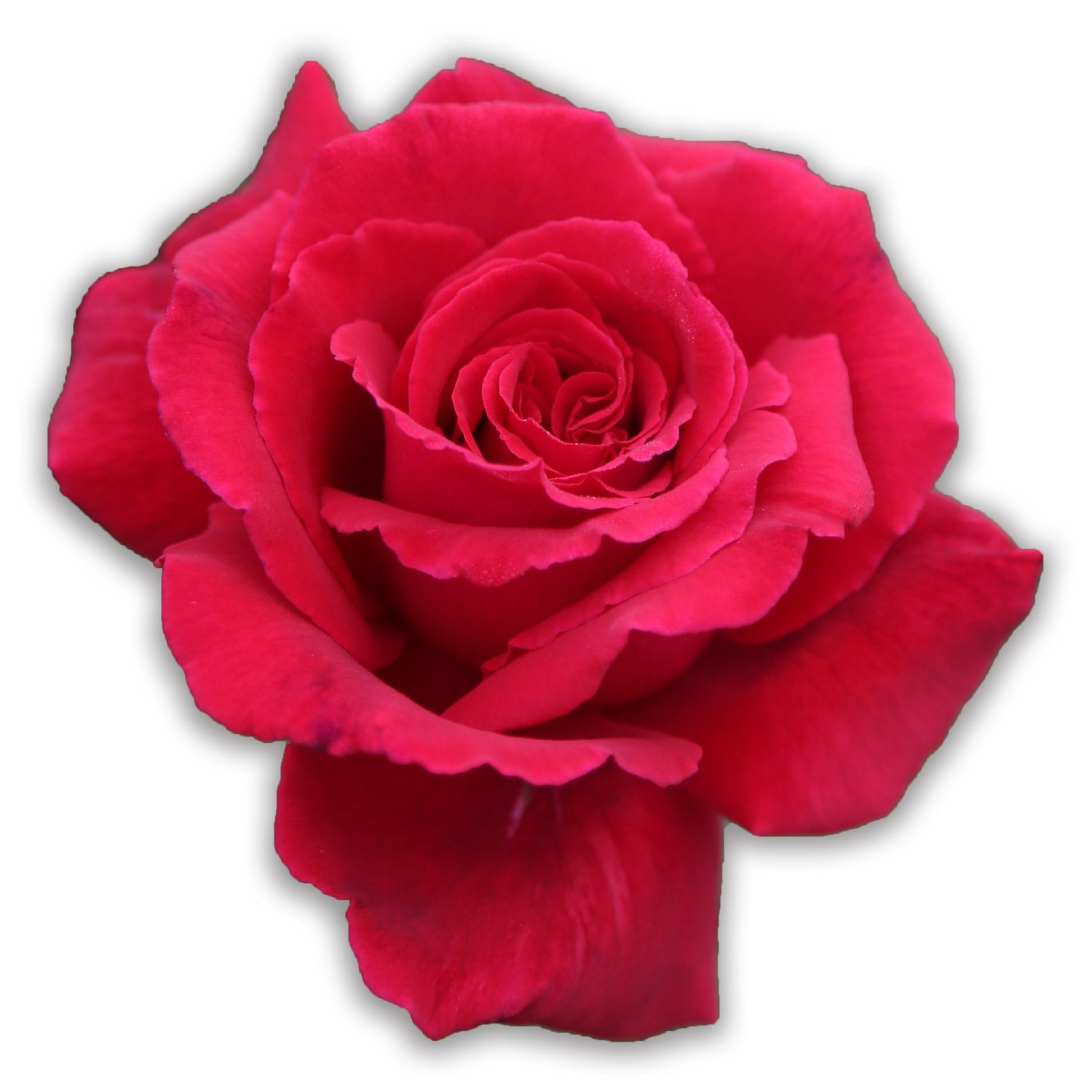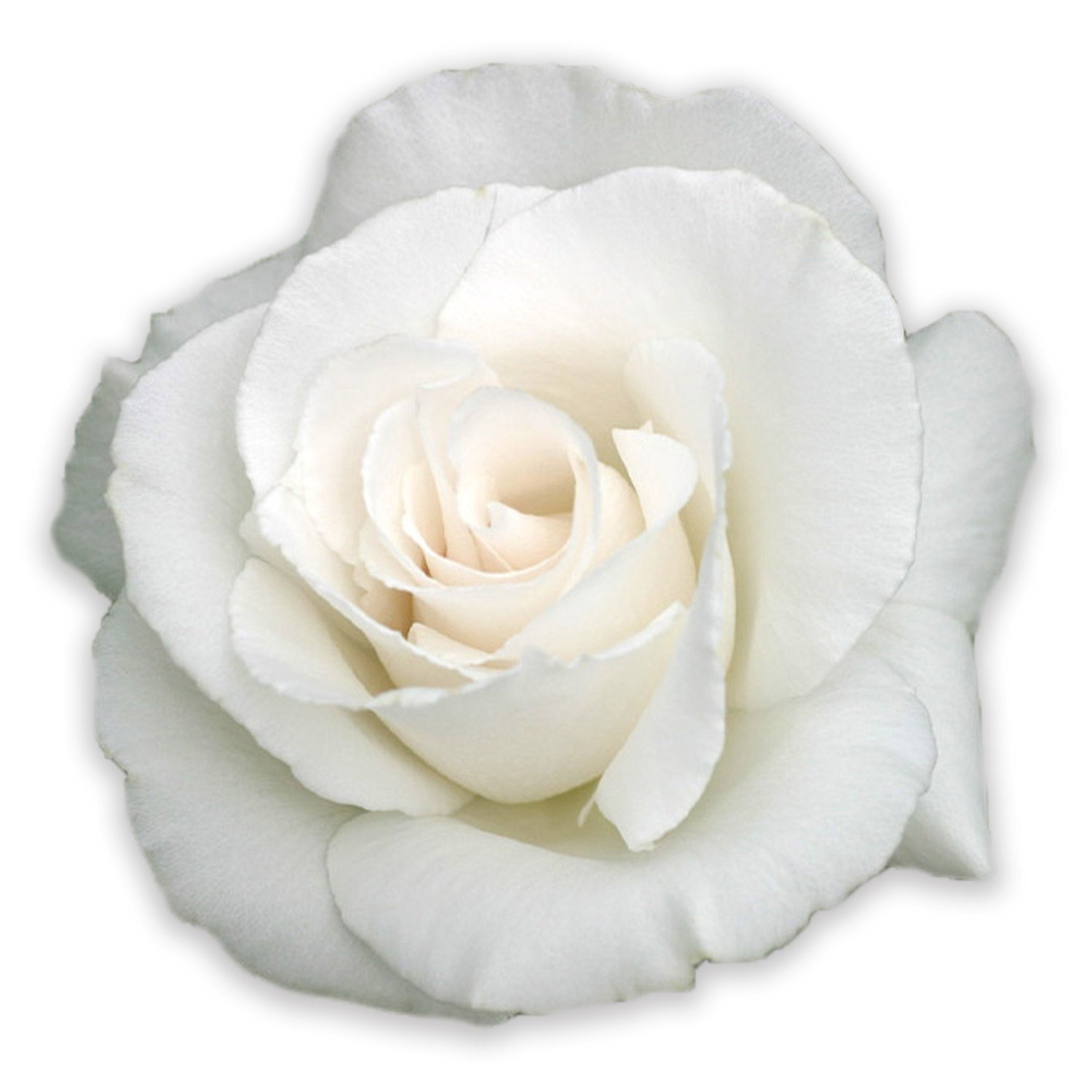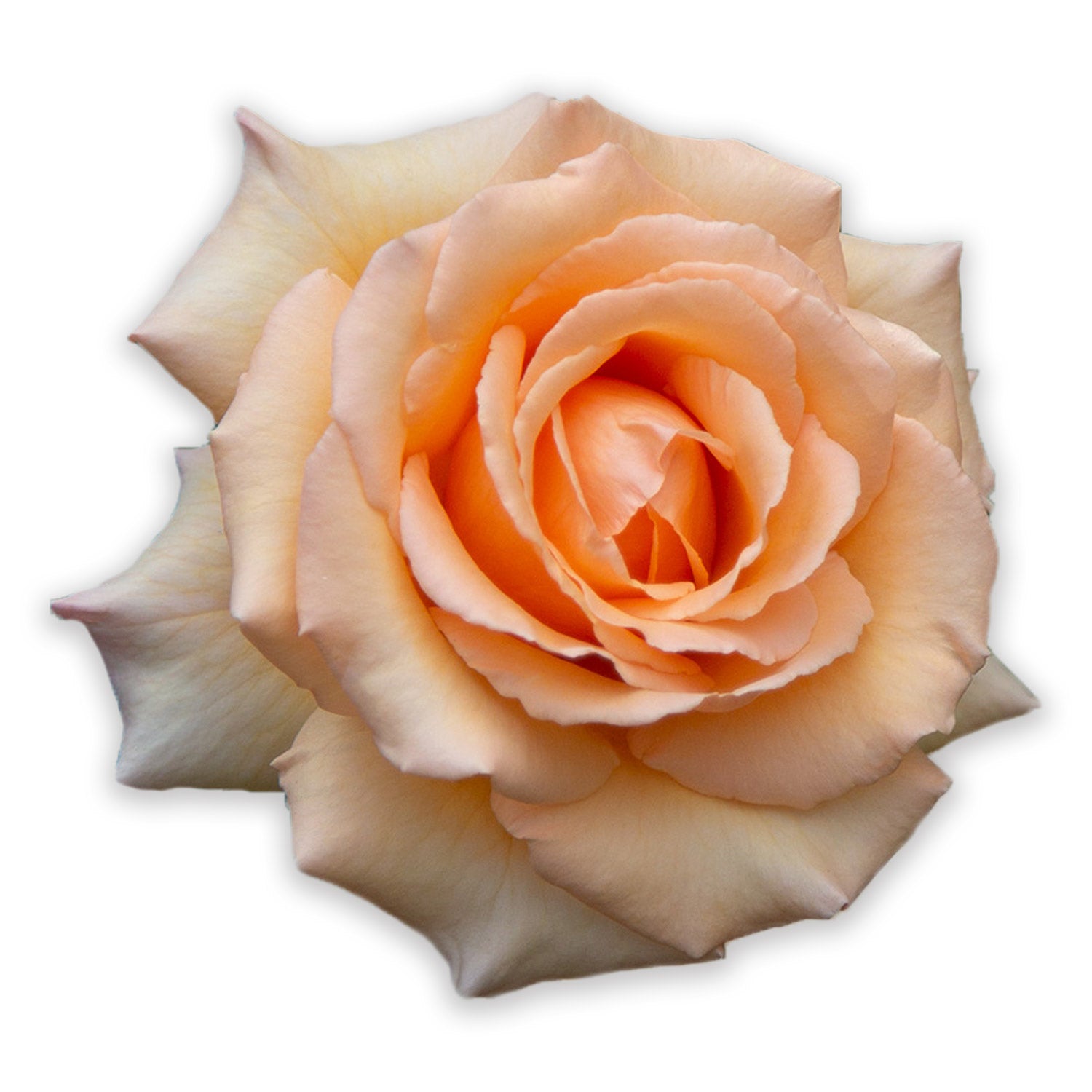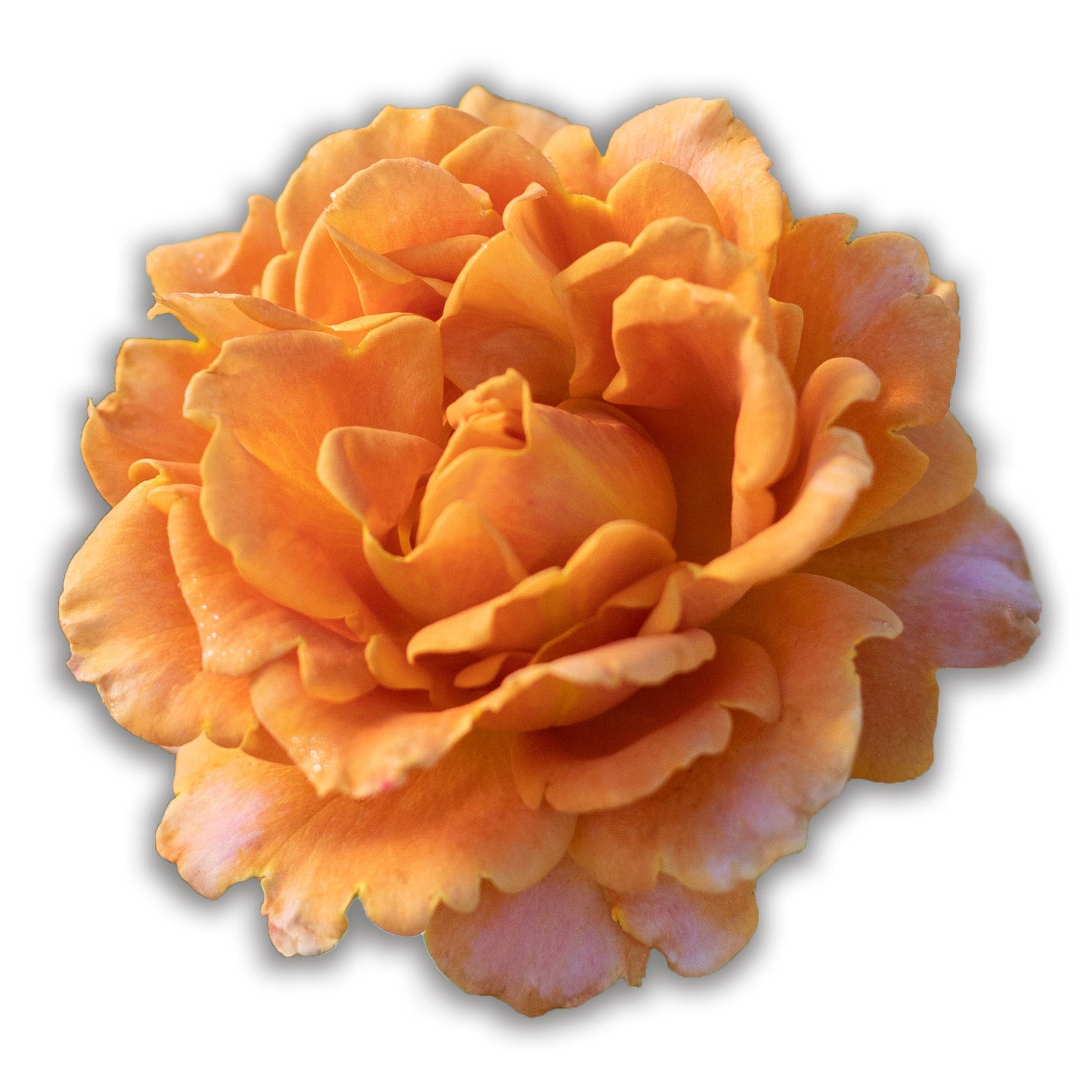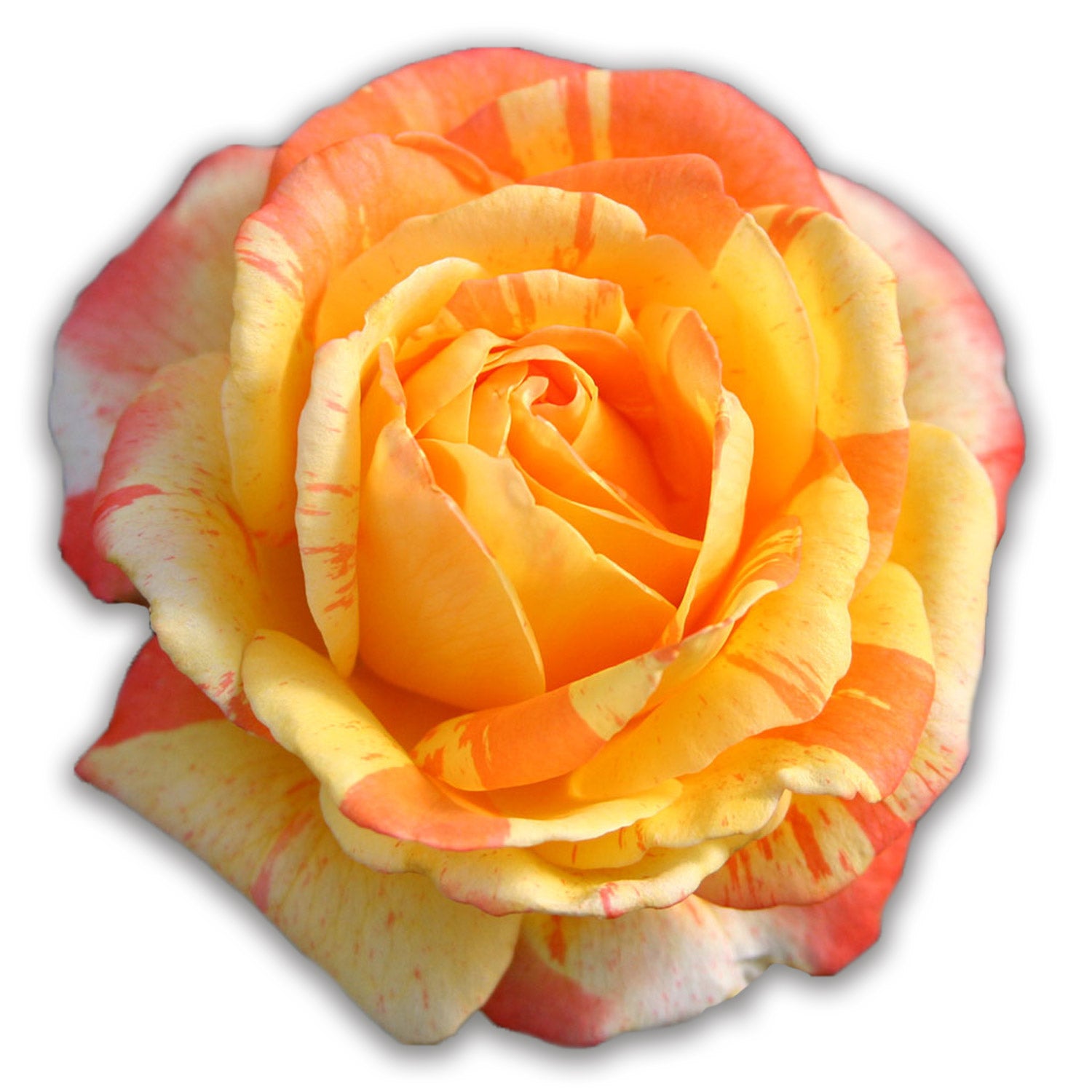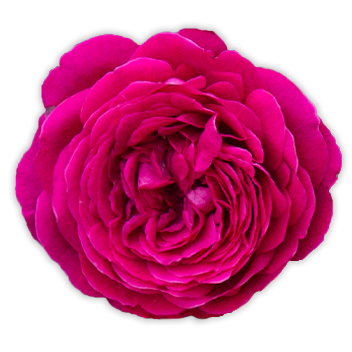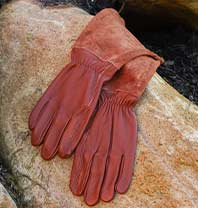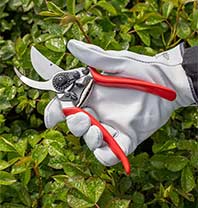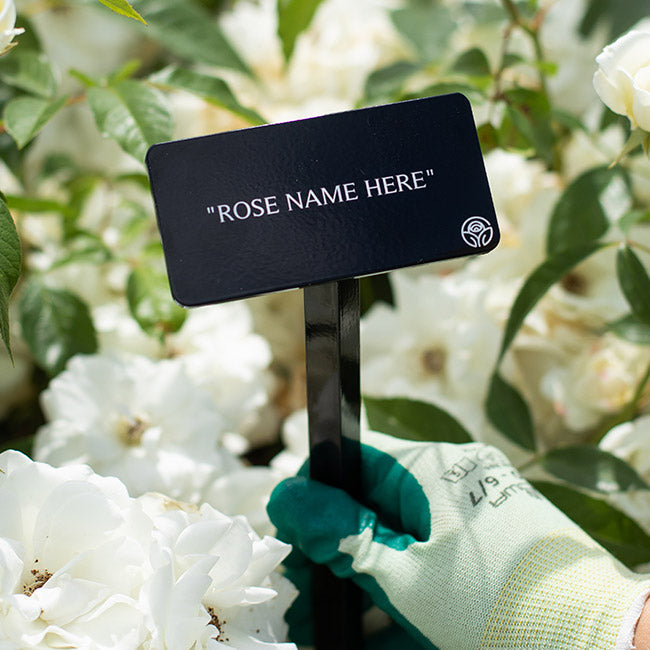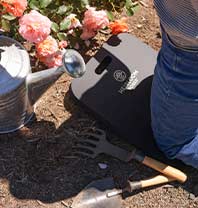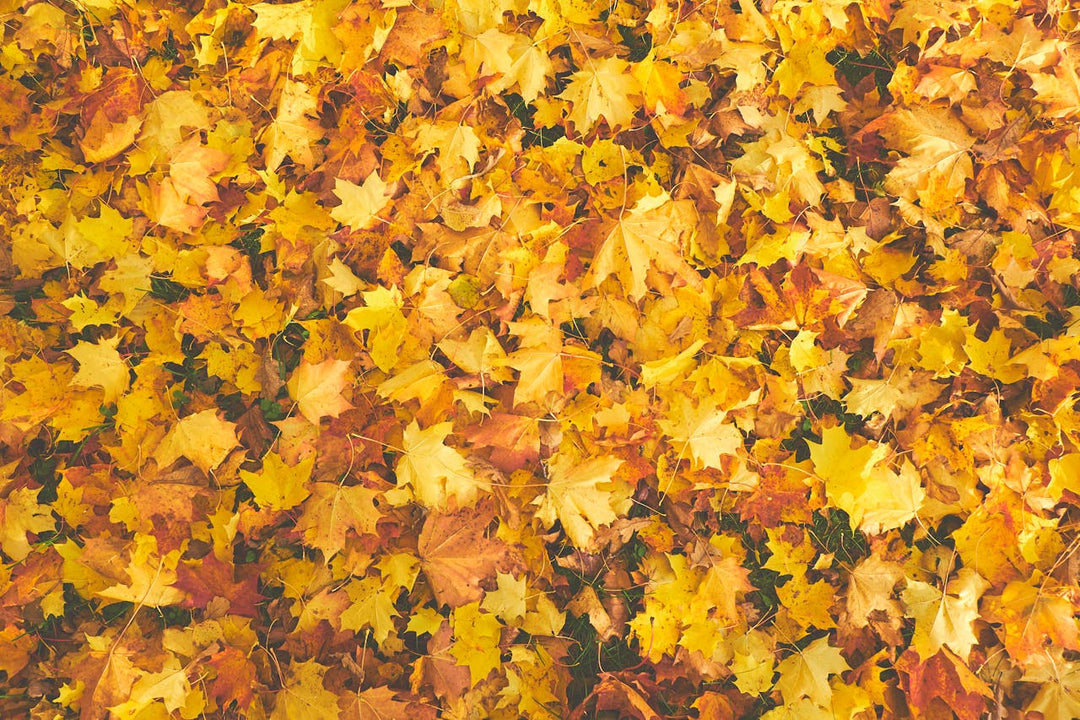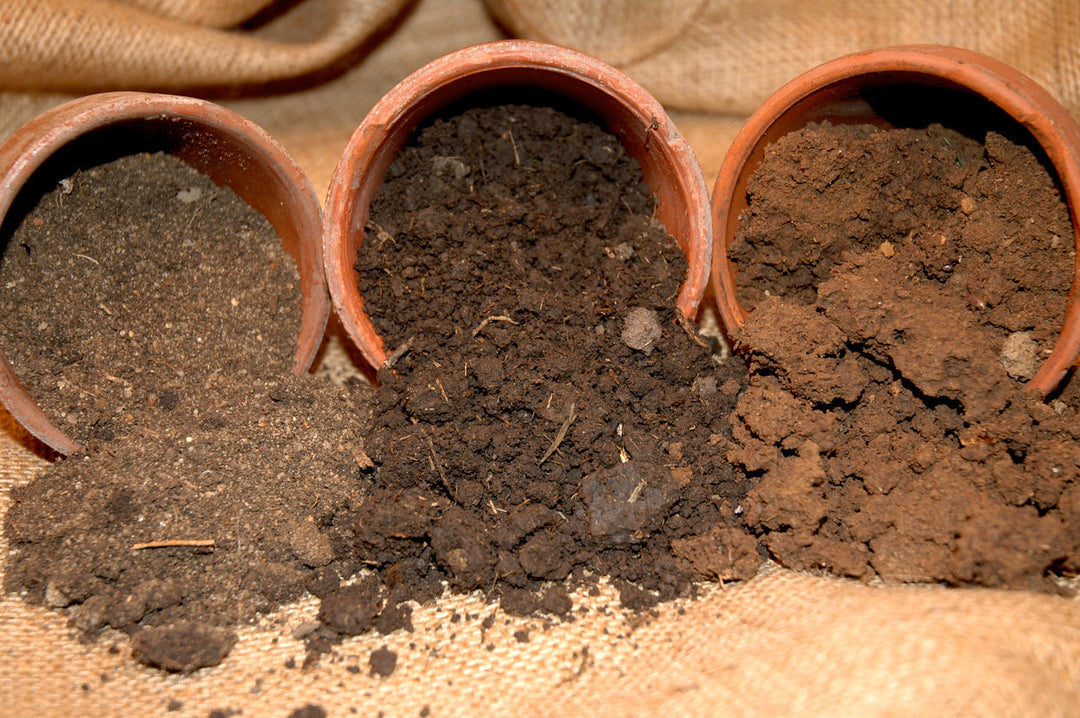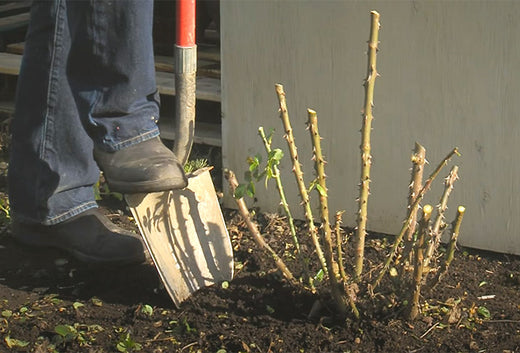Hydrangea: One Plant in Different Varieties
Hydrangea is a perfect pairing for roses and a great staple shrub for the partial shade side of the garden. Its full clusters of flowers make a huge statement in the garden appearing in rounded shapes, conical formations, or lacecap sprays. It is a relatively low-maintenance perennial shrub growing from 3-12’ tall.
Five Varieties of the Same Shrub
Hydrangea prefers a partial-shade location away from the afternoon sun in zones 3-9, but some varieties can handle a bit more sun or even a bit more shade. It is a faithful choice for year after year of bright blooms in spring to be enjoyed in the garden or as beautiful cut flowers that fully fill a vase.
Hydrangea come in several types, each needing specific care. The main types include: Macrophylla (Mophead/ Big Leaf), Panicle (Paniculata), Oakleaf, Smooth, and Mountain Hydrangea. It’s important when planting to note which variety of Hydrangea you have so you can give it appropriate space to grow.
Macrophylla is the most easily recognizable Hydrangea with rounded clusters of small blooms with colors that are easily affected by the pH balance of the soil. Depending on the variety, this Hydrangea will bloom either on old wood or new wood.
Paniculata Hydrangea is a hardier variety with cone-shaped clusters of blooms on a very tall plant. These varieties will fade to pink or red in sunlight. Paniculata includes the Limelight Hydrangea series.
Oakleaf Hydrangea is also known as Woodland Hydrangea and thrives in the shade. Its foliage fades to an intense purple-red shade as the temperatures drop. This variety blooms on either old wood which can be cut back after blooming, or new wood which can be pruned right to the ground in fall.
Smooth Hydrangea is a similar shrub to Macrophylla but produces much tinier flowers in clusters. This variety blooms on new wood and can be pruned to the ground each fall for fresh growth the following spring. This is the most shade-tolerant of all Hydrangea.
Mountain Hydrangea is close in habit to Macrophylla with large showy blooms and bright foliage. This variety is more cold-tolerant and comes from the mountaintop areas of Japan. It produces bright flowers in colors dependent on the pH levels of the soil. Since Mountain Hydrangea bloom on both old and new wood, pruning is not recommended except to remove dead branches at the end of the season.
Planting and Care
Hydrangea can be planted in the spring or fall. Choose a location that is in at least partial shade with well-draining soil. When planting, dig a hole two to three times as wide as the nursery pot, and add a generous heap of organic compost. This compost should replace at least 20% of the soil you will place back around the plant. Loosen the roots of the plant and place it into the hole, ensuring the root ball is above the soil level by about ½-1”. Place the soil and compost back around the plant and tamp it down, ensuring the plant is upright. Water till a large puddle forms and let it slowly soak in. Water again when the topsoil is dry. Top dressing with a thick layer of mulch will keep the soil moist. As a rule of thumb, plant each Hydrangea a minimum of 3’ apart.
Hydrangea appreciate a fresh top dressing each growing season and the addition of a slow-release fertilizer such as a 15-10-10 for an extra boost of nutrients.
Our favorite Hydrangea this season are: Fire Light (Paniculata), Limelight (Paniculata), Tuff Stuff (Mountain), and Invicibelle Spirit II (Smooth).




